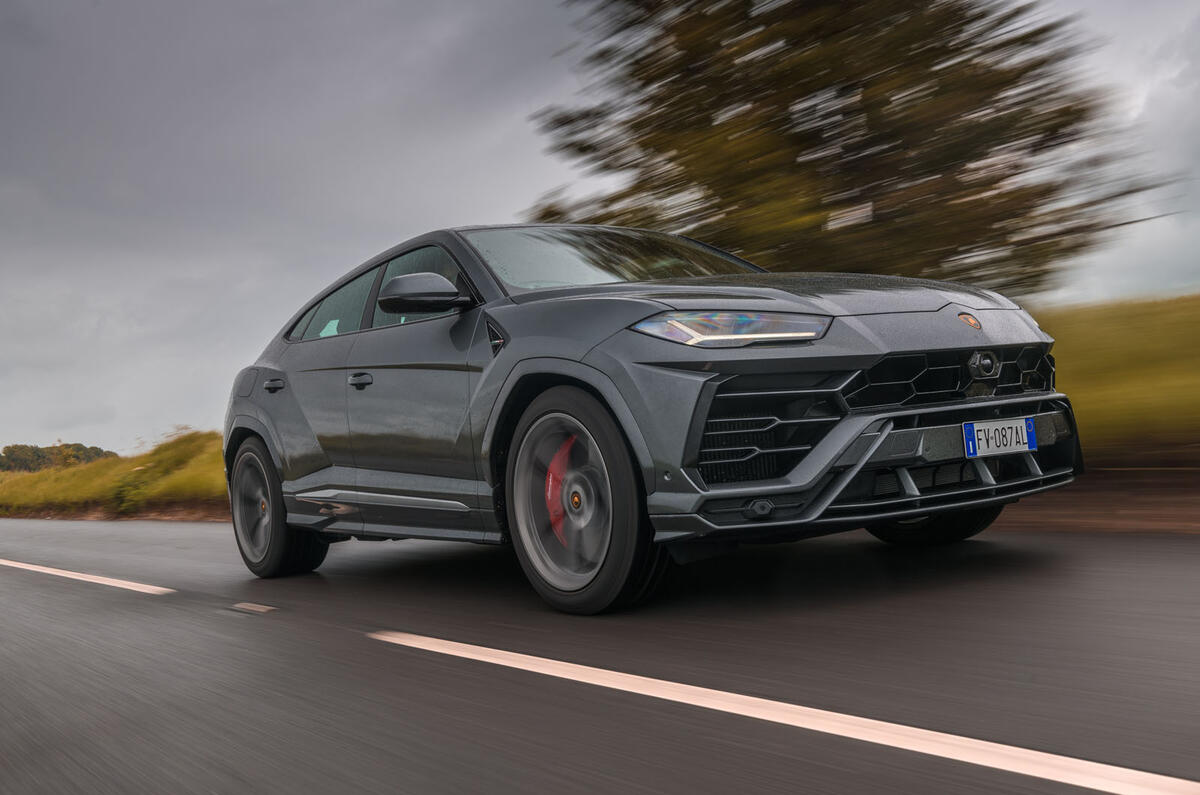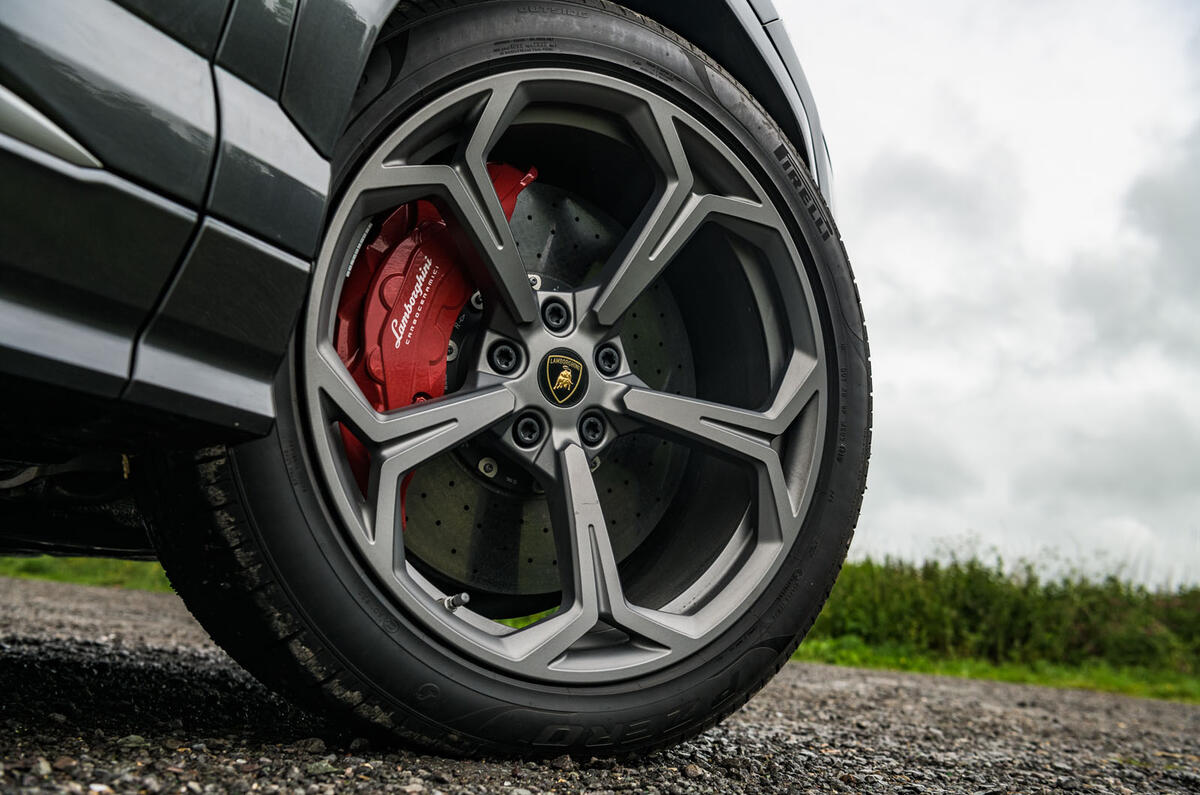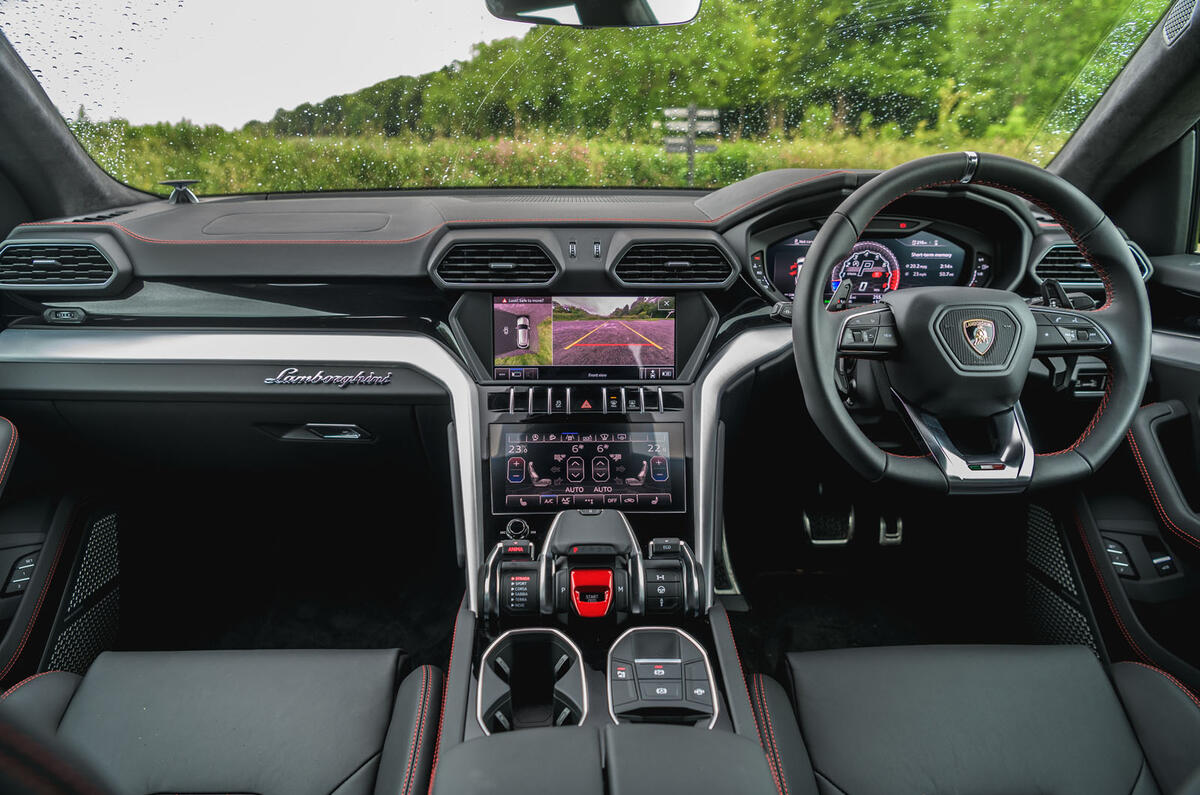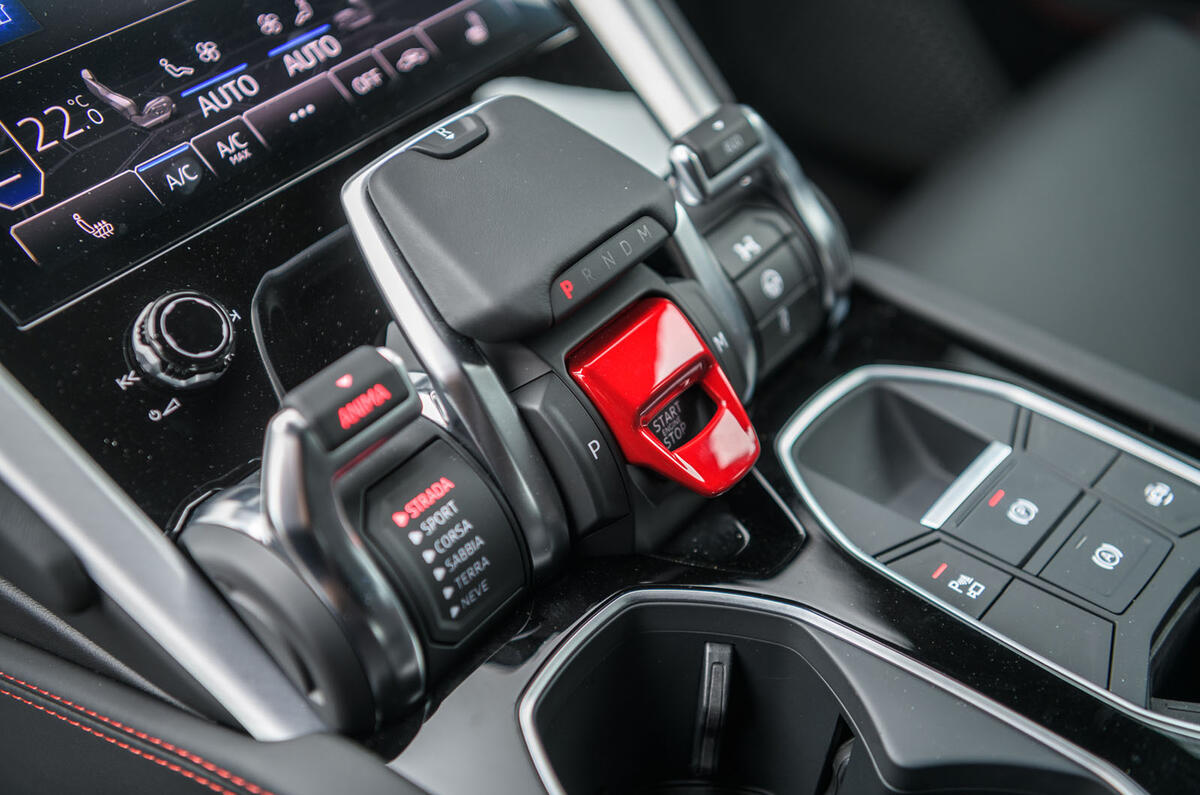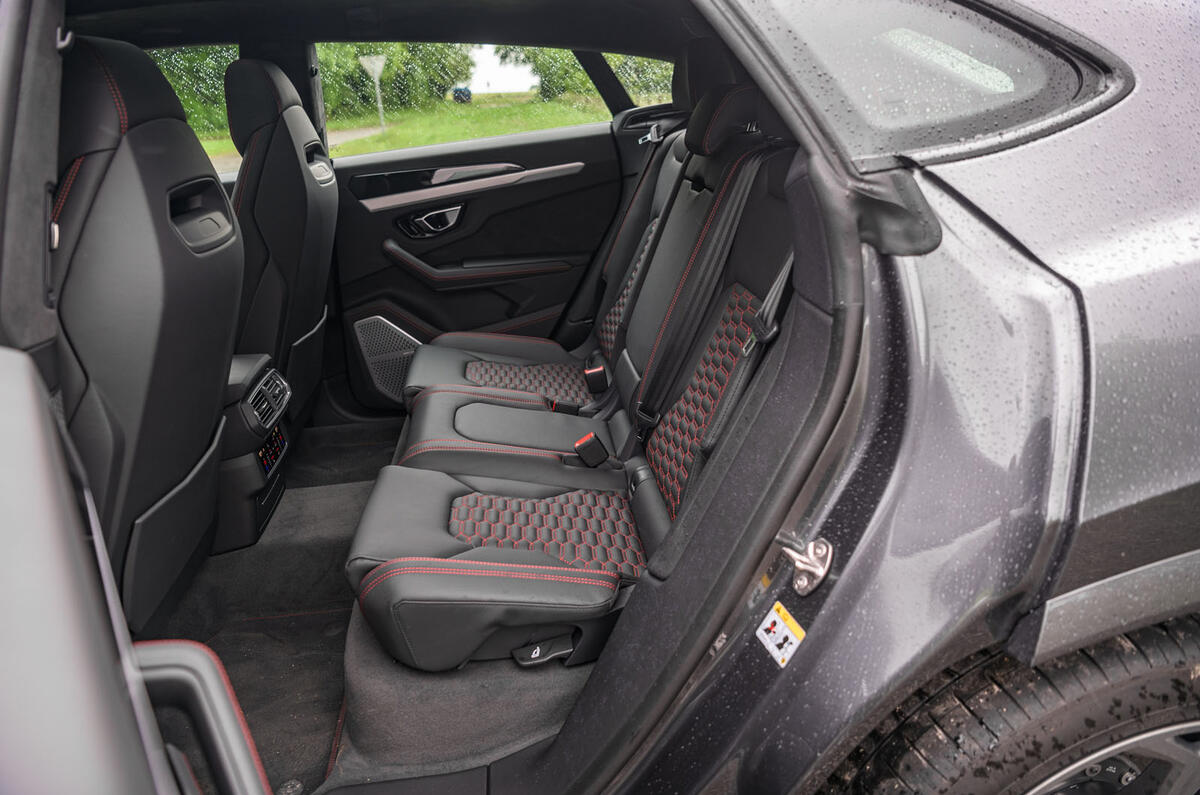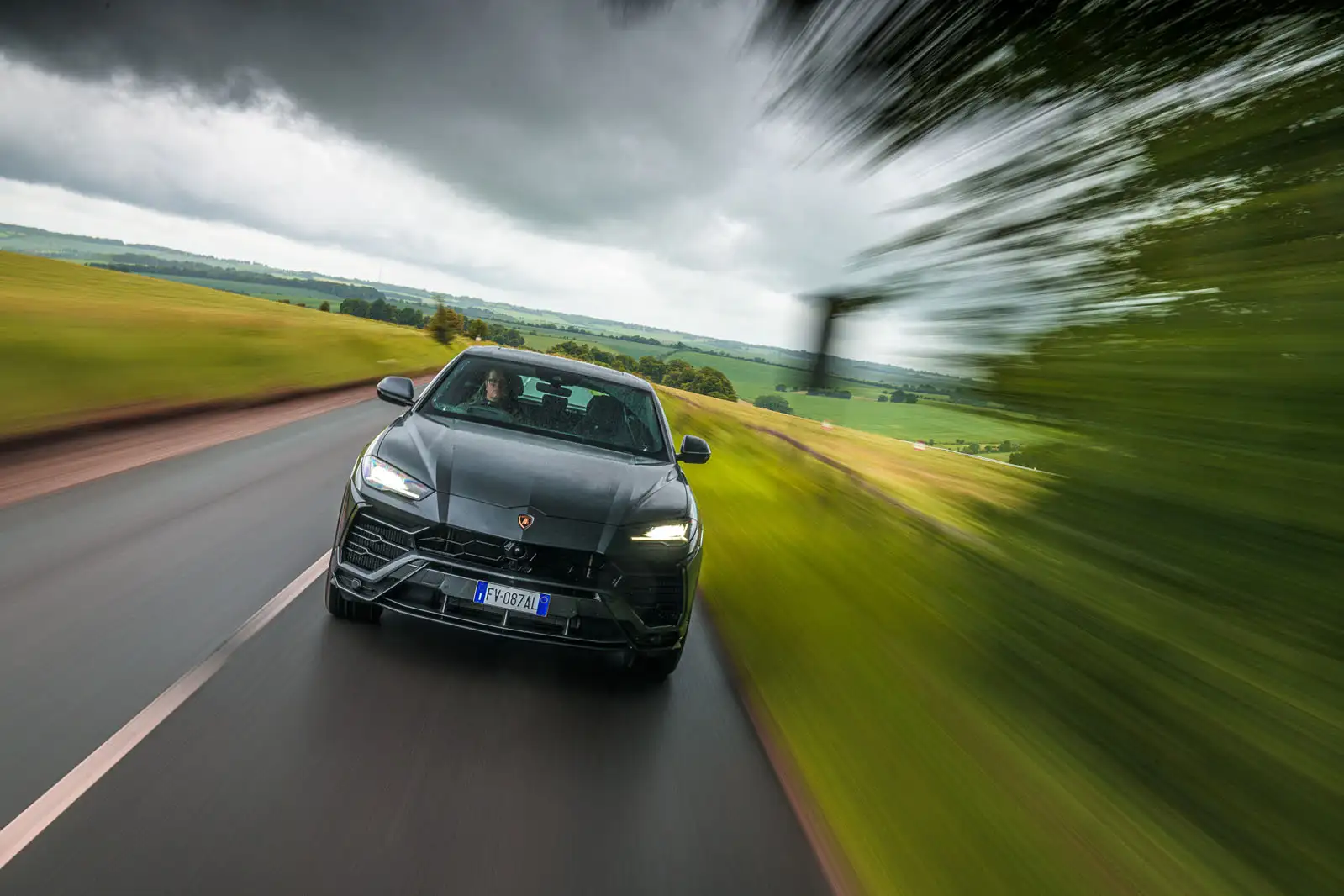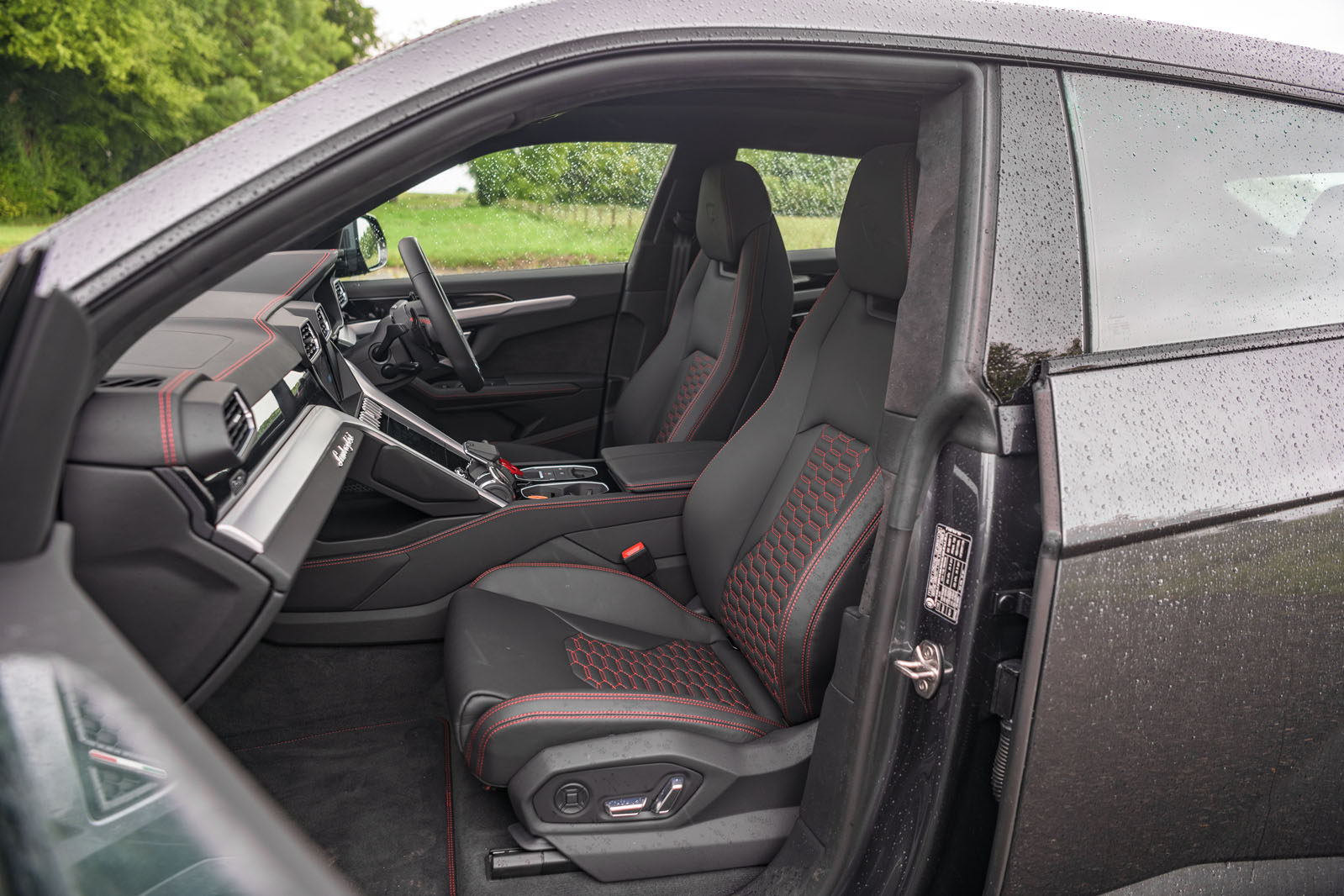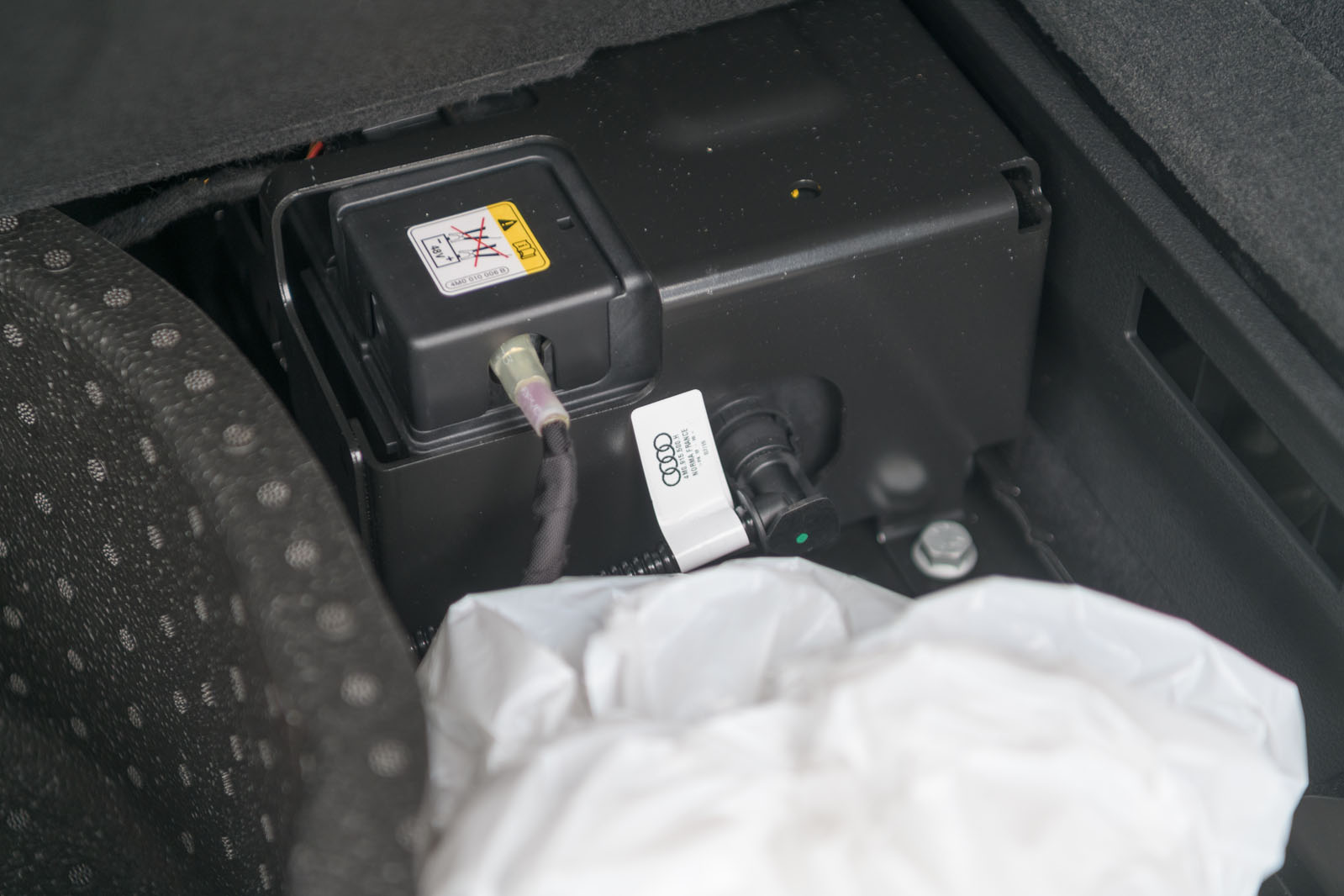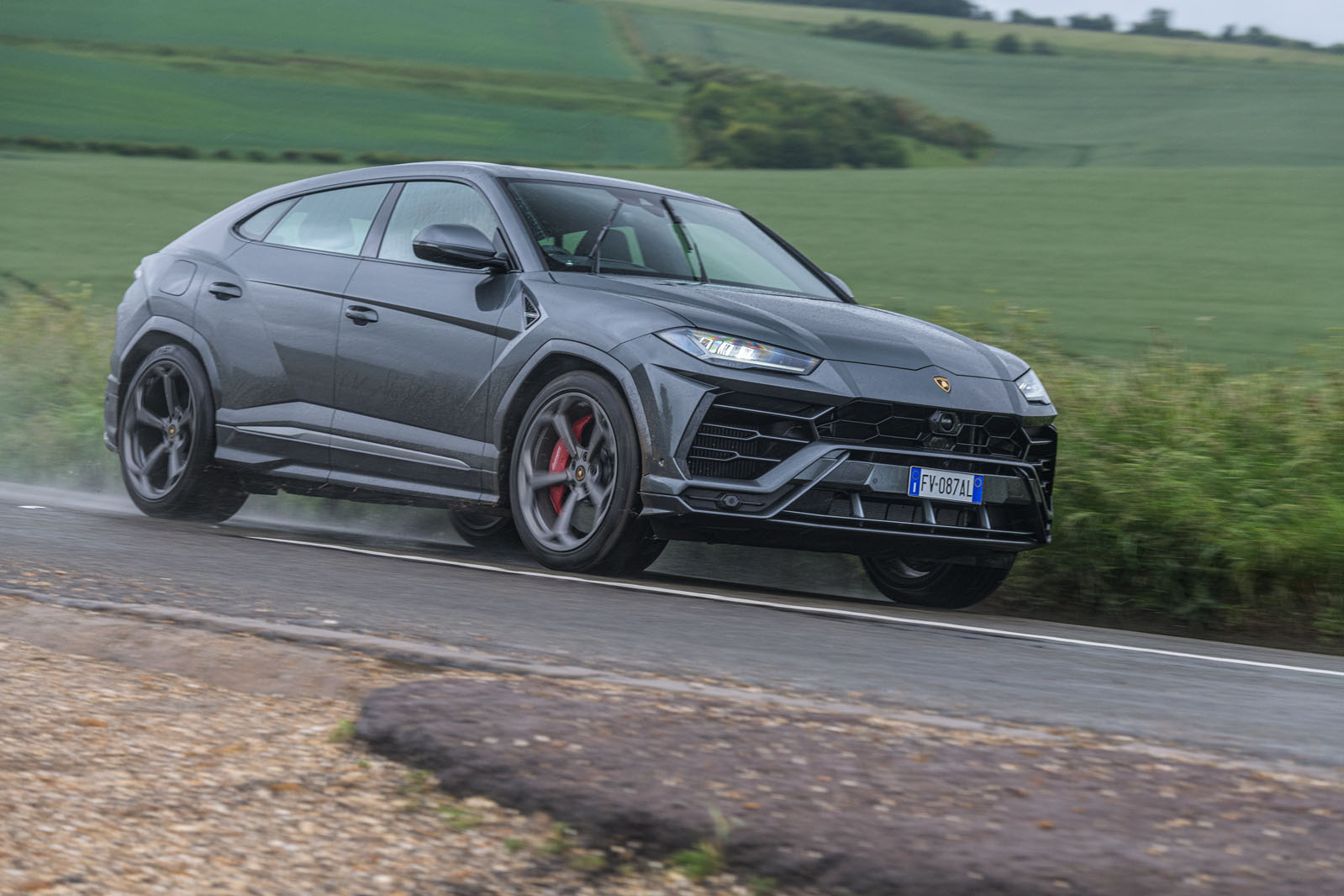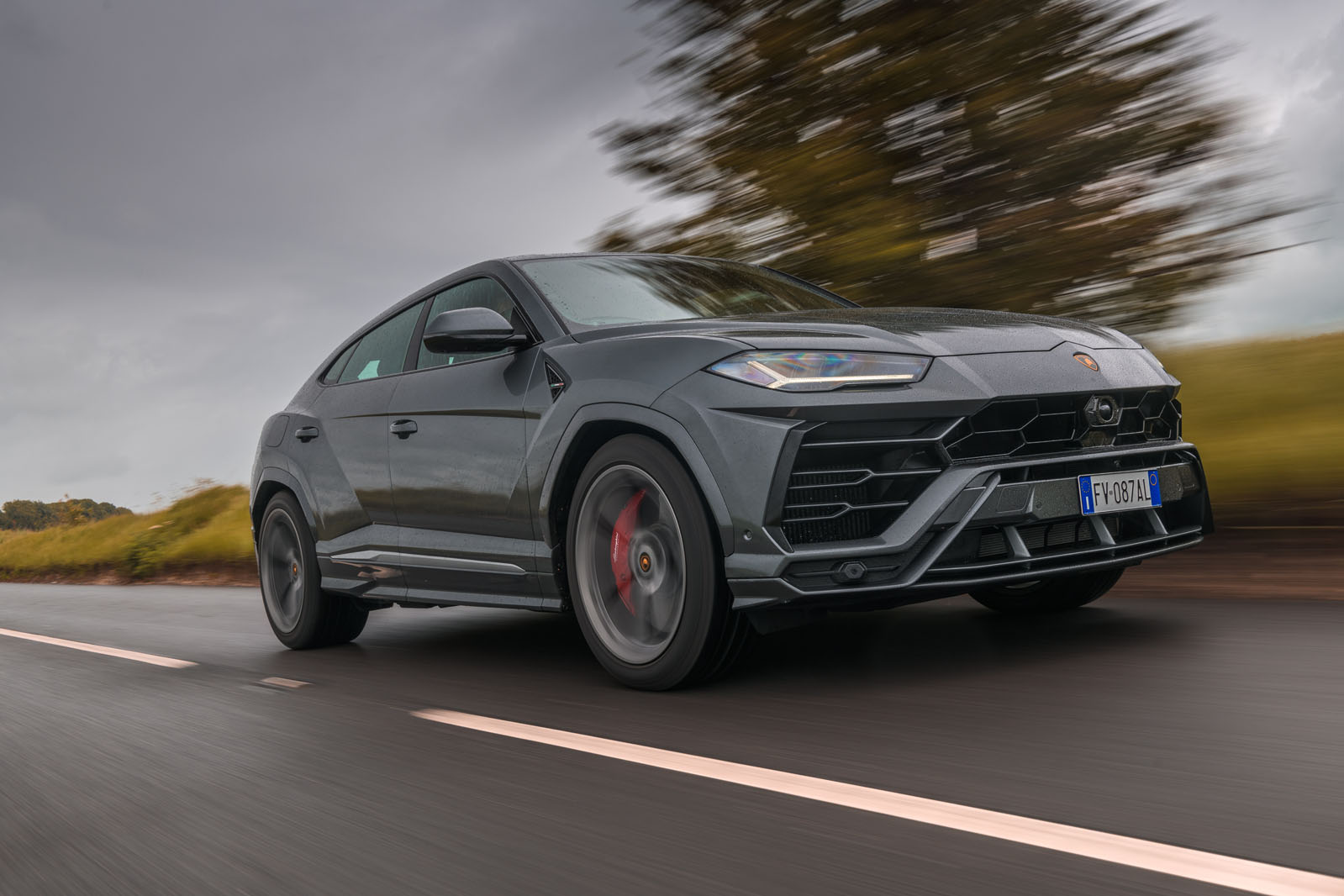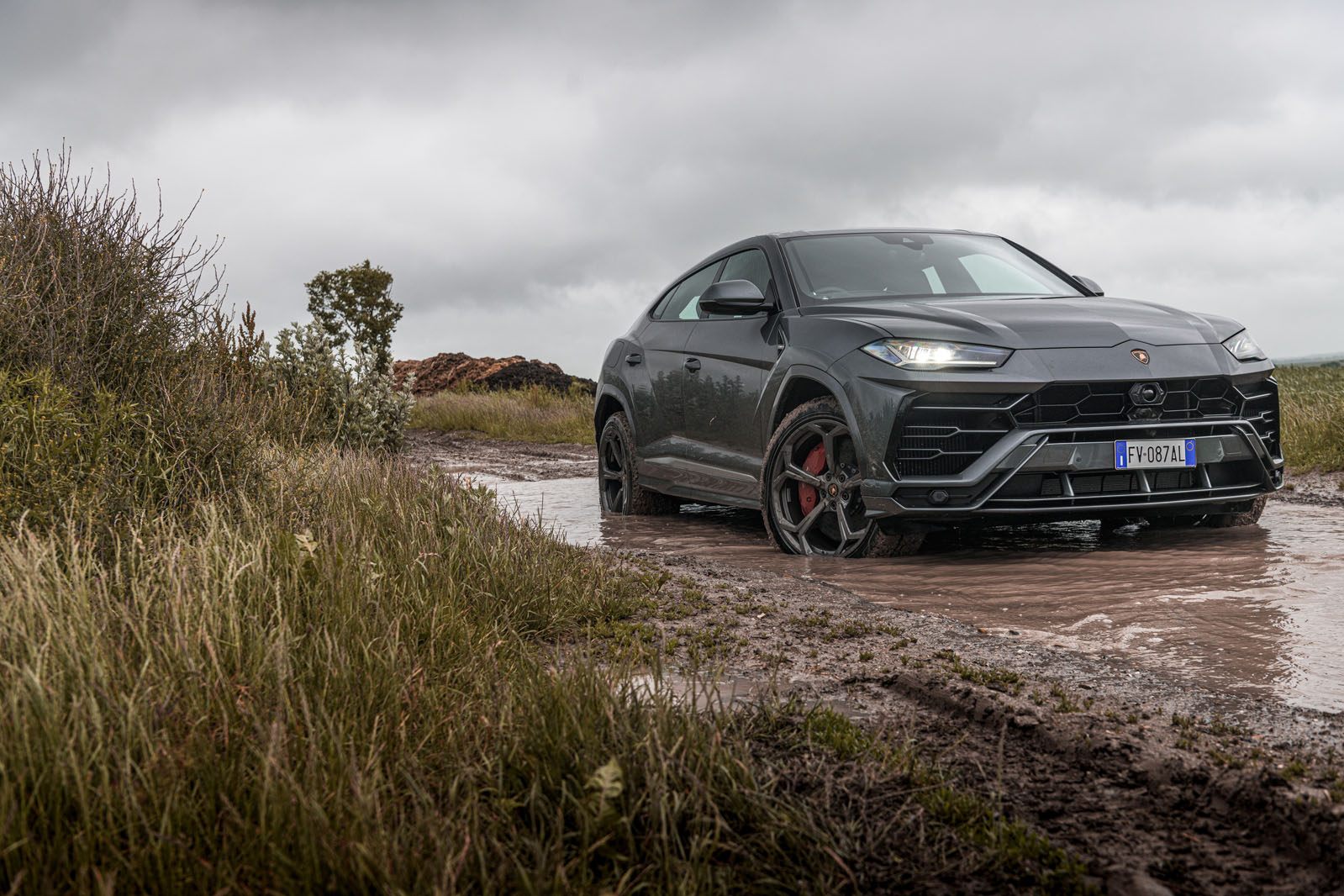The Urus’s interior is comfortable, accommodating, tech-laden and versatile. It has great visibility, a yawning boot with more than 600 litres of storage space, and can carry five adults without a serious squeeze. In fact, it has all of the practical, convenient qualities you’d expect of a big SUV – and which, until this car, you’d have expected to find in a Lamborghini about as much as a flight yoke and rudder pedals.
If the car’s cabin has a failing, it may only be that Sant’Agata has underestimated the sort of detailed material richness that it needed to put into a £160,000 luxury car in order to lure people out of certain rivals and hold onto their deposits. Or perhaps it overestimated the lengths to which it needed to go to make the Urus feel like an authentic, exciting Lamborghini at the expense of other factors.
You can choose between electric memory sports seats (standard and 12-way adjustable), as fitted to our test car, and more luxurious 18-way-adjustable front chairs as an option. Even the former offer an effective blend of comfort and support, although one tester noted that a little bit more lumbar support wouldn’t have gone amiss.
A thin-spoked, flat-bottomed steering wheel sits in front of a driving position that, though clearly much higher and less recumbent than the Italian firm’s norm, still feels more swept back and sporting than you expect it to. A relatively slim glasshouse, a lowish roofline and ‘fast’ A-pillars also tell you that this isn’t the average utility car. Just in case you miss any of the above, though, the car’s dashboard has the same Lamborghini-trademark hexagonal design motif recurring from its air vents and cupholders to its instrument binnacle – all there just to add supercar flavour.
The variety and sensory appeal of the trim materials to be found on the car’s various consoles could both be slightly better. Our test car’s mix of black leather with piano black and brushed aluminium trim was pleasant enough but little different than you might find on an Audi at half the price. Other material options are available, but Lamborghini clearly doesn’t have the in-house expertise in colour and trim of its sister brand Bentley – and, in this kind of car, you can tell.
That the Urus makes use of what is effectively a reskinned version of Audi’s latest MMI Navigation Plus infotainment system will come as no disappointment to anyone who happens to already own one of Lamborghini’s more ‘traditional’ models.
The Lamborghini Infotainment System III (LIS III) is made up of two high-resolution touchscreens, one positioned directly above the other. The top screen is used to operate the vast majority of the system’s features – think sat-nav, radio, vehicle settings, telephone etc – while the secondary screen predominantly controls the climate settings and a handful of other shortcuts.
While the system might benefit from the same slick software and sharp graphics (albeit in a different style) as the Audi set-up, it also comes with the same pitfalls – namely that a lack of physical buttons can make it a touch tricky to interact with on the move. Still, it’s light years ahead of the system you’ll continue to find Lamborghini in an Aventador.



